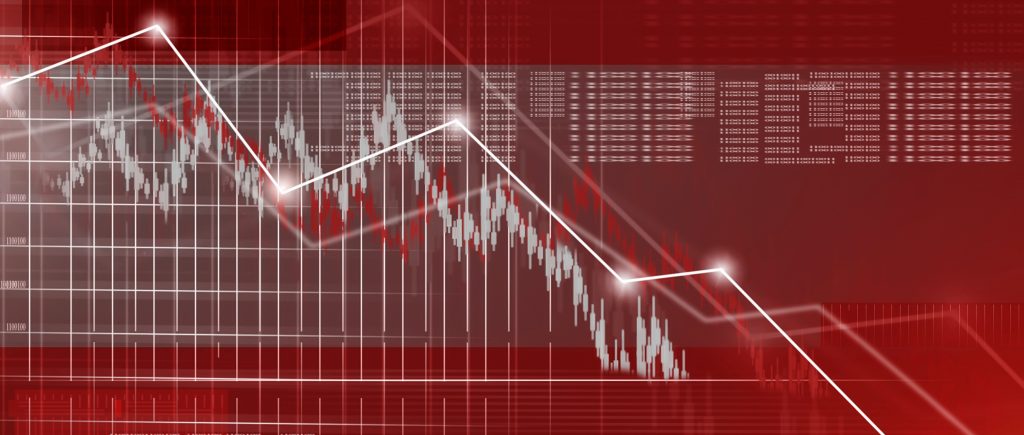The first quarter of 2022 recorded US GDP growth rate of minus 1.5%, although nearly 1.7 million jobs have been created. For the second quarter, job growth is expected slow down, but most economists are forecasting growth to be in the 2% to 3% range. If economists are wrong and the Q2 exhibits negative growth, that would be practically one classic definition of a recession.
The reason for high job growth and a negative GDP is that productivity was minus 7.5%; that is to say the US economy added about 1% more workers, but despite the surge in labour force, the economy experienced a 7.5% drop in the amount of goods and services produced.
Even if Q2 growth is positive, Q3 and Q4 could show very low and perhaps even negative growth. The reasons to see are obvious. Inflation will likely be running near a double-digit level by mid-summer. The monthly consumer price index (CPI) reading for May, released in June, will exceed 1.0%. That will bring the annual inflation rate around 9%.
Food inflation is about to worsen. That’s because farmers are paying two to three times more for fertilizers. In addition, they have had to raise wages to attract enough workers. And the cost of diesel fuel to operate their equipment has doubled.
Simultaneously, the Fed is finally shifting its monetary policy. Because Fed officials are about a year late in acting, they will have to take very aggressive action to reduce inflation. Policymakers will do this by slowing the rate of growth of the money supply and raising interest rates through increases in the Federal Funds Rate.
In June, the Fed will raise rates by 50 basis points (BPS). In July, probably 75 BPS and maybe as much as 100 BPS. Mortgages, car loans and consumer credit will get much more expensive as a direct result.
As consumers spend more on necessities, they will have less to spend on everything else. That reduction in demand will eventually reduce business output and lead to a recession. Many of the indicators are already pointing that way.
The huge, nearly bear market drop in stock prices that has occurred over the past two months, could mean that investors see future earnings of corporations declining. If their expectations are that earnings fall, stocks will be worth less, prompting investors to begin to shirk at price-to-equity valuations and to being to only be willing to pay less. During a recession, corporate profits fall.
Personal income increases usually exceed the inflation rate, so consumers see a real increase in purchasing power. So, consumers are seeing a decline in their purchasing power and their standard of living. This usually occurs in a stagnant economy.
Profits are falling even though their revenues are increasing. That happens when their sales increase by 8%, but their cost increases by 11%, which is the rate of the producer price index (PPI). If retailers cannot pass along price increases, the resulting loss forces them to reduce output, often leading to a recession.
The increase in employment will continue until firms have the number of workers that they had prior to the pandemic. But the economy will reach that point in the next month or two, meaning job growth will slow. Increases in employment data is not a good indicator of economic growth at this time. That’s because the increase in workers is not due to organic job growth, but, rather, from replacing jobs lost during the pandemic. Even though the economy today is producing more goods and services than before the pandemic, it is done with fewer workers.
Although the US President can boast that he had added 8 million new jobs, he actually has not added any “new” jobs. Because 1.) energy prices will continue to skyrocket, 2.) wages could rise with inflation, 3.) the US government continues to run huge deficits and 4.) Fed remains behind the curve, inflation will be inevitable in the foreseeable future in addition to the coming food shortage, and inflation could even worsen.
If Biden’s administration cannot bring down inflation as the economy enters recession, stagflation is, unfortunately, the inevitable result. At this point maybe that seems inevitable as well.

 Noor Trends News, Technical Analysis, Educational Tools and Recommendations
Noor Trends News, Technical Analysis, Educational Tools and Recommendations




